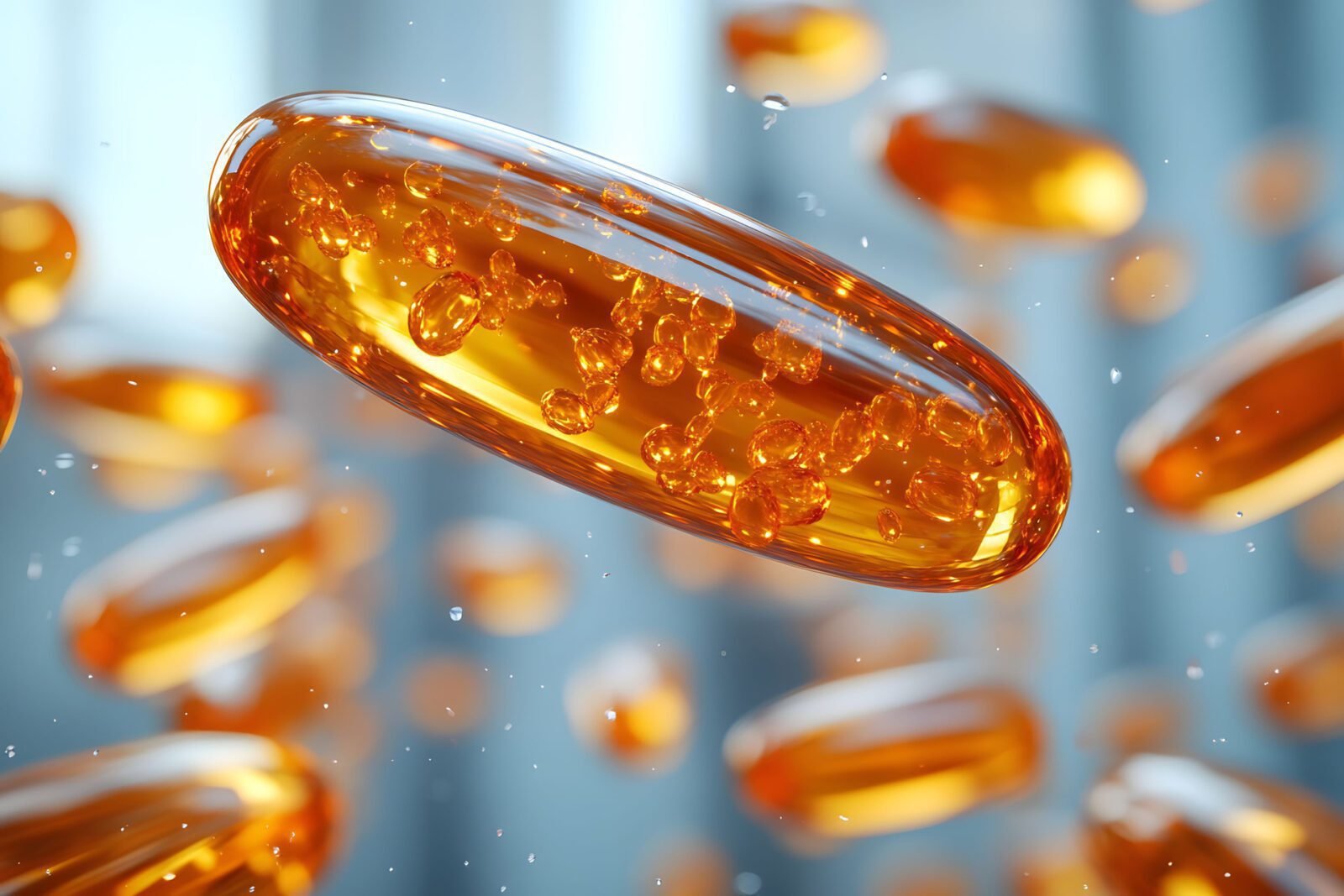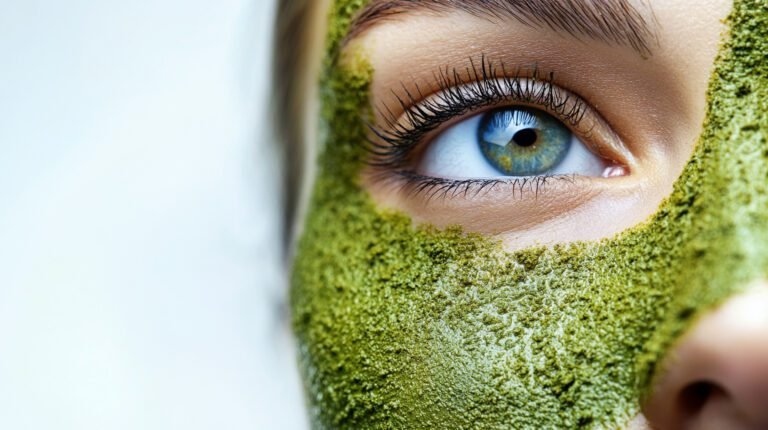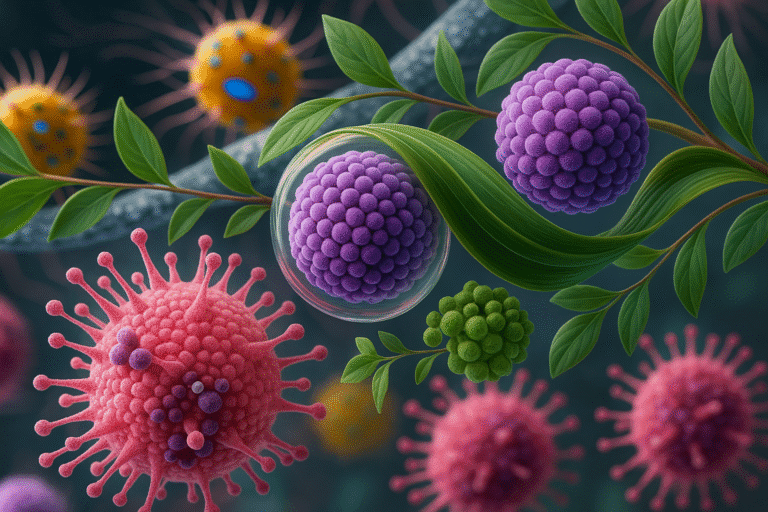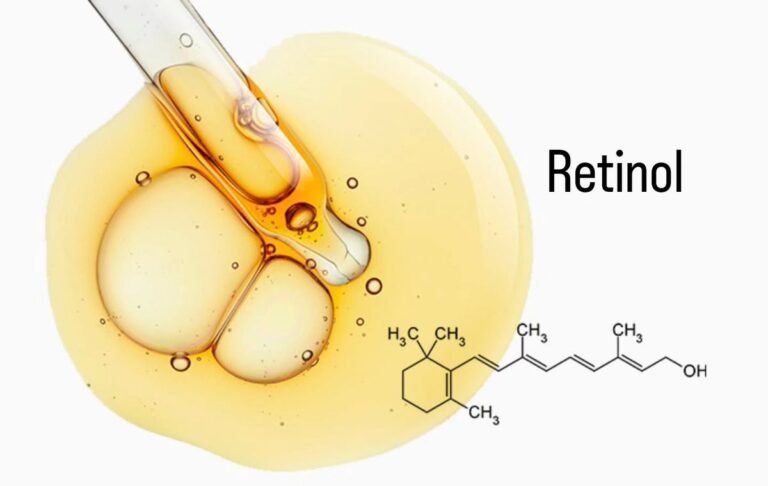Cosmetic formulations have entered a new era of precision delivery and sustainability. Biopolymer encapsulation cosmetics represent one of the most significant innovations in ingredient protection and controlled release. In essence, these systems safeguard delicate actives—vitamins, peptides, botanical extracts—until the moment of application, when the capsule opens and releases its payload gradually and effectively. Consequently, encapsulation enables higher stability, better efficacy, and enhanced sensoriality—all while meeting the new demands for clean-label and microplastic-free formulations.
Why Encapsulation Matters in Modern Formulation
Actives such as vitamins, ceramides, and antioxidants are notoriously unstable when exposed to air, light, or pH shifts. Therefore, encapsulation acts as both a barrier and a delivery mechanism. Moreover, by controlling release kinetics, formulators can improve long-term skin compatibility and maintain activity throughout the product’s shelf life.
Additionally, encapsulation enhances the sensory experience. Microcapsules and polymer matrices create elegant, light textures that burst on application, releasing hydration and actives without the heaviness of traditional emulsions. As a result, encapsulated systems allow brands to claim performance, precision, and comfort in one narrative.
From Synthetic Microcapsules to Biopolymer Shells
Historically, encapsulation in cosmetics relied on synthetic polymers such as polyethylene or polymethyl methacrylate (PMMA). However, these materials are now under strict scrutiny. According to the EU 2023/2055 microplastics regulation, encapsulated polymers that are non-biodegradable are being phased out to protect aquatic environments. Therefore, the shift toward biopolymer encapsulation cosmetics is both a regulatory and environmental necessity.
Modern encapsulation now uses renewable, biodegradable polymers such as alginate, chitosan, cellulose, pullulan, and hyaluronic acid. Because these materials naturally degrade, they provide safe, sustainable alternatives to synthetic shells. Furthermore, biopolymer shells offer superior skin compatibility and sensory transparency—qualities essential for clean beauty positioning.
Mechanisms of Controlled Release
The principle of controlled release in encapsulation depends on diffusion, degradation, or mechanical rupture. In simple terms, a biopolymer shell protects an active ingredient until environmental triggers—such as pH, temperature, or mechanical friction—initiate its release. For example, alginate capsules may dissolve upon contact with skin ions, while pullulan films soften with moisture, creating a slow diffusion of actives.
Moreover, the thickness of the capsule wall determines how quickly the ingredient is liberated. Consequently, formulators can customize release profiles ranging from seconds to several hours, depending on the target application.
Case Study: IPSTIC® Patch Hair-1 – Biopolymer Encapsulation for Scalp Care
A prime example of modern encapsulation science is IPSTIC® Patch Hair-1. This innovative system utilizes a biopolymer encapsulation matrix designed to deliver conditioning and strengthening actives directly to the scalp and hair fibers. Importantly, it operates through a moisture-activated polymer network rather than microplastic beads, ensuring full compliance with EU sustainability regulations.
Furthermore, IPSTIC® Patch Hair-1 demonstrates how clean technology and performance can coexist. Its natural polymer film forms a breathable, flexible patch that controls active release without irritation. As a result, it illustrates how biopolymer encapsulation cosmetics are replacing conventional delivery systems across multiple care categories.
Formulation Design and Testing
Firstly, selecting the polymer type is critical. Alginate offers ionic gelation, while chitosan provides film-forming properties and cationic compatibility. Secondly, encapsulation efficiency and particle stability must be verified under stress conditions such as high shear or temperature cycles. Finally, in vitro diffusion testing ensures predictable release kinetics that match consumer performance claims.
Additionally, blending biopolymer capsules into emulsions, gels, or sprays requires compatibility optimization. Therefore, maintaining stable viscosity and suspension is key to uniform application. Moreover, combining encapsulation with polymer matrices or hydrogel systems can yield hybrid architectures that extend wear and moisture release.
Regulatory and Sustainability Perspective
The transition from synthetic to natural encapsulation aligns with major global frameworks including microplastics regulation and MoCRA compliance in the United States. Because biopolymers are naturally degradable and safe for aquatic life, they eliminate the environmental persistence associated with older technologies. Consequently, they allow brands to make bold sustainability claims without compromising efficacy or texture.
Market and Application Opportunities
- Encapsulated vitamins and antioxidants for serums and creams
- Biopolymer fragrance capsules for long-lasting sensory profiles
- Scalp and hair treatments using natural polymer matrices
- Active-loaded hydrogels and sheet masks
- Sun care and after-sun systems requiring time-release hydration
In practice, encapsulation no longer serves as an optional feature—it is an essential part of product identity. Moreover, as consumers demand transparency, the use of natural polymer shells becomes a clear differentiator between conventional and next-generation formulations.
Key Takeaways for Cosmetic Chemists
- Encapsulation improves stability, compatibility, and delivery efficiency.
- Biopolymer shells provide biodegradable, microplastic-free solutions.
- Controlled release mechanisms enhance both efficacy and comfort.
- IPSTIC® Patch Hair-1 exemplifies sustainable scalp-care encapsulation.
- Compliance with global microplastics and MoCRA regulations is achievable through natural polymers.
Conclusion
Ultimately, biopolymer encapsulation cosmetics represent a pivotal evolution in formulation science. Because they merge environmental safety with high-tech performance, they redefine how cosmetic actives are protected, delivered, and perceived. Moreover, technologies such as IPSTIC® Patch Hair-1 prove that sustainability and precision release can coexist harmoniously. Therefore, biopolymer encapsulation is not simply a formulation tool—it is the architecture of the next cosmetic generation.
References:







